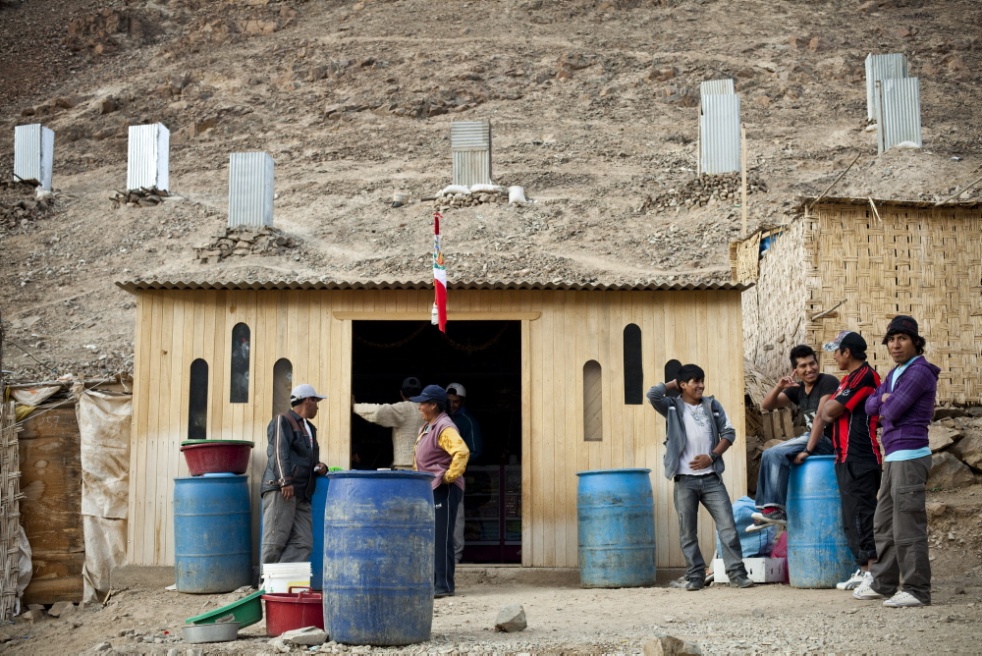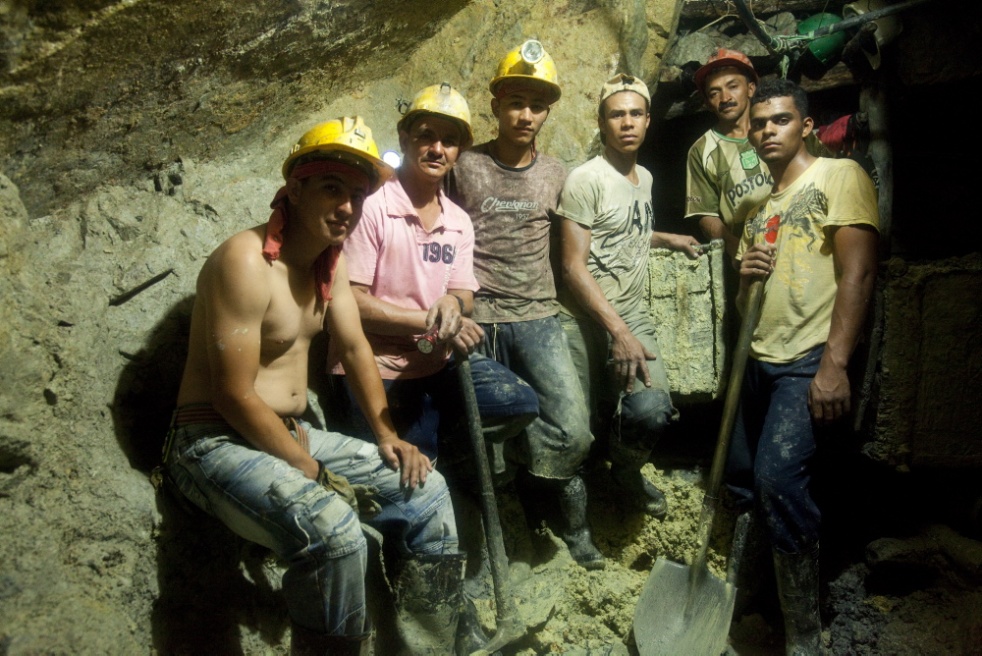Gold, that precious metal that has enchanted man since ancient times. Perhaps the most ancient and ultimate manifestation of wealth. Despite its uses today in various industries, it has always been mainly an expression of its owner’s prosperity, whether as a bracelet on a wrist, a ring on a woman’s finger, or as coins in a chest on a pirate ship: whether as a crown adorning a king’s head or as millionaire’s fortune in a Swiss bank.
And, as in the past, throughout the history of mankind, gold has still not lost its value. On the contrary: changes and severe crises that have hit the world’s economy in recent years leading to a fall in the value of the dollar, one of the cornerstones of the world’s economy, and to its instability, have brought about a dramatic rise in the value of gold which is considered a comparatively safe investment. Currencies can lose their value and even disappear, but gold, that very same precious metal, will always retain its value in the eyes of man. Many countries, as well as ordinary people, have preferred , in recent years to preserve their riches in gold bullion, kept locked away in the safes of banks, as a security measure in the presence of unstable economies. And in the market, as is the way of the market, when there is demand – the price goes up. Within less than three years, from $800 per ounce (31.1grams) in January 2008 the price of gold rocketed to a peak of almost $1900 by August 2011. In 2002 an ounce of gold barely reached the level of $300. As a result of this dramatic rise in value, following years of trade at modest prices, in the shadow of other commodities such as oil and metals, gold resumed the centre of the stage. But where does this gold that everyone craves for actually come from?
The public debate about gold focuses almost entirely on its aspect within the world economy. Newspaper reports, however many there may have been recently, concentrate on the advisability of investment, the buying and selling of this mine or that by some large company, or on a scholarly discussion of its future value (which is expected to soar) but hardly mentioning those who devote their lives to mining the gold from the earth. How do they work? Where do they live? What do they look like?
In the world of gold mines today there are a numbers of players.
On the one hand, gigantic international corporations, almost exclusively under western management .In the center, medium sized companies either local or western, and on the far side of the map, the artisanal miners in the small mines. It is the lives of these people that the pictures try to capture. The story of the men and women who, lacking financial backing from wealthy investors, set out for the mountains and the river to try their luck, to search for a way to improve their lives. Lives, that without gold, they would surely live in abject poverty, like so many people in the countries where they live.
Although large amounts of gold are mined today in other places, the southern American continent is considered “the world’s gold kingdom” Gold, that according to legends, many of which have become reality, fills the mountains and rivers of South America, ignited the Europeans' imagination, and brought about, following the discovery of America, centuries of systematic and cruel robbery of this precious metal, mostly by the Spanish and the Portuguese, but later on by many other western countries. While obliterating cultures, enslaving entire communities and importing slaves from African, from the end of the 15th century thousands of ships laden with gold made their way from America to Europe turning her into the wealthiest and strongest of continents.
Gold can be found in almost all the countries of America but the countries traditionally considered being mining countries are Colombia, Ecuador, Peru and Bolivia. In each of these countries, mining activity on all scales takes place. Gigantic companies with abundant capital exploit corrupt political regimes that have the colonial mentality of being suppliers of raw materials to wealthy nations in order to implement grandiose projects. With the aid of the latest technology and equipment they manage to reap enormous profits, with minimal utilization of the local workforce. Very little of these profits remain in these countries thanks to a policy of favorable terms for foreign investment. This situation is particularly acute in Colombia and in Peru.
At the other extreme, far removed from the modern machinery and from shares traded on the stock exchanges of New York and London are the artisan miners. Community after community, they are scattered throughout Latin America. Some are homogeneous communities that have been, making a living from traditional methods of mining gold for hundreds of years. Others are communities of immigrants that have gathered from all parts of the country in search of a living which, in the third world is not something to be taken for granted. Using traditional methods, sometimes hundreds or even thousands of years old, a minimum of equipment – semi-household drills, or simple industrial ones for those lucky enough to be able to get hold of them, small generators, chisels, pickaxes, hammers and spades, millions of people descend into the bowels of the earth, in a Sisyphean pursuit of a few grams of the precious metal.
yotam ronen
Photographer
Gold story
Public Story
Gold story


















































